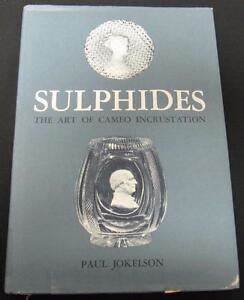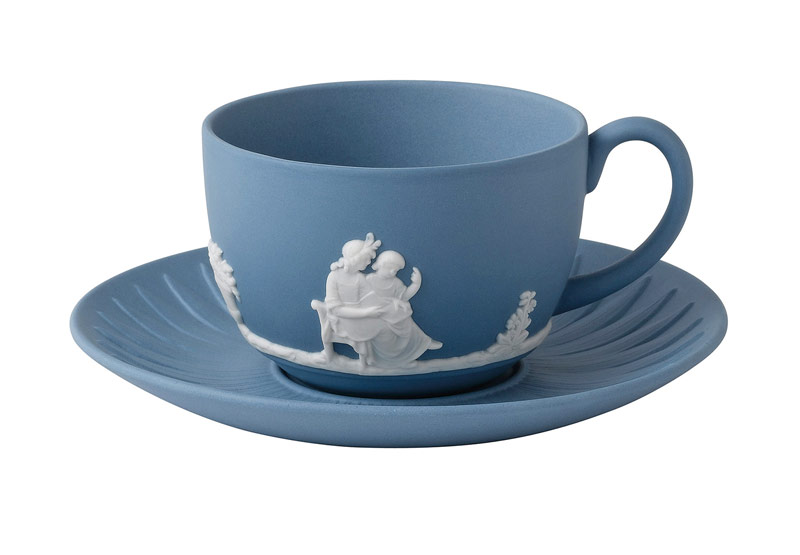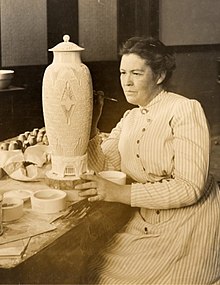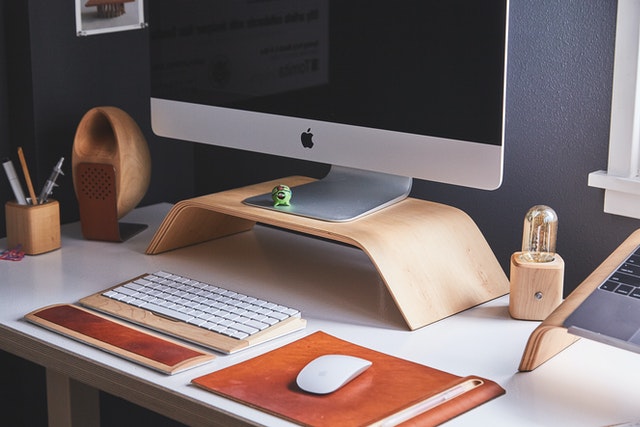
My mom came home a with a book by Paul Jokelson from the Warsaw, Indiana public library that the librarian had removed from their borrowing shelves, likely to make more room for newer books. The book is called Sulphides: The Art of Cameo Incrustation. The copyright on it is the year 1968. It is quite an esoteric text, and I was not quite sure what a sulphide was until I did a little research online. I found then that there was also a 1988 book edited by Paul Jokelson and Dena Tarshis called, Incrustation: The Greatest Sulfide Show.
The other fact that I found out in the course of my research is that the beginning of a sulphide lies in making a small, low-relief (thin, raised) portrait called a cameo, out of porcelain clay. The incrustation or encrustation process began with a few slightly successful experiments in 1750 in Bohemia that have been lost, and was later perfected by the Frenchman, Monsieur de St. Amans, after several less successful attempts by his countrymen. The porcelain cameo was fired and cooled, before it was taken out of the kiln. Then the idea was to use the glass-blowing process to combine the porcelain cameo object with the glass. Making glass molten and firing porcelain until it is hard are very likely to happen at similar temperatures. Porcelain is one of the clays that has a high vitrification temperature. Vitrification is when a clay piece is fired until it becomes completely hard and is no longer porous.
The porcelain cameos were reheated to the needed temperature and placed inside an opening in a bubble of blown glass. In the course of closing the bubble while the glassblower sucked the air out of the pocket holding the clay object, there was a strong seal made between the porcelain cameo and the clear glass bubble. This merging process enclosed the white cameo completely inside the glass due to similarities in their chemical makeups. Some of the sulfides even had colored glass behind the cameo. To finish the process, the enclosed sulphide was then put inside another glass shape to make a vessel such as a cut glass tumbler, vase, perfume bottle, flask, plaque, paperweight, toy marble, etc. It took quite a lot of skill, and eventually the process was patented by a man in England named Apsley Pellatt who also wrote the original book (published in London in 1849) that Paul Jokelson found and which he used as a basis for his books on sulphides.
Some people were not able to figure out this patented process, although they liked the result. Therefore, a simpler process was used to try to achieve the same result, although it could not be done exactly. In this new process there was a mold in the shape of a cameo that was pressed into the glass and likely once cooled, the cavity was filled up with plaster of Paris that when hardened and glued onto the tumbler or other vessel resembled an original sulphide. These cheaper imitations were sold by some of their makers at a reduced price, since the substitutes were not so difficult to make. Perhaps, unfortunately, these counterfeits were also marketed by others as real sulphides at a higher rate.
If you would like to know a little more about sulphides, look in the menu above under Glass or Ceramics.


